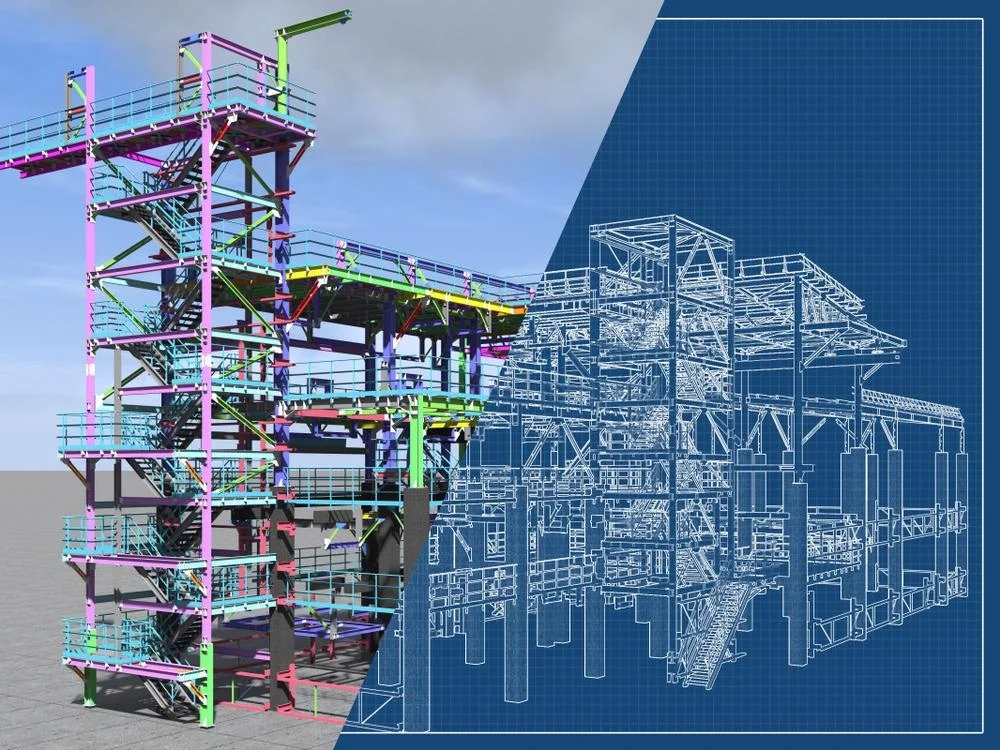
Architectural Building Information Modeling (BIM) has revolutionized the way architects conceive, design, and execute construction projects. This transformative technology has become an indispensable tool in the architectural toolkit, offering a myriad of benefits throughout the entire project lifecycle.

In this in-depth exploration, we delve into the critical aspects that make Architectural BIM Modeling an essential and game-changing asset for architects.
1. Collaborative Design and Visualization:
Architectural BIM Modeling facilitates collaborative design processes, allowing architects to work seamlessly with other stakeholders such as engineers, contractors, and clients. The three-dimensional, data-rich models offer a holistic view of the project, enhancing communication and understanding among team members.
This collaborative approach streamlines decision-making, reduces errors, and ensures that everyone involved is on the same page from the initial design phase to project completion.
2. Enhanced Efficiency in Design Development:
BIM enables architects to create detailed and accurate 3D models that go beyond traditional 2D drawings. This level of detail aids in the design development phase, providing architects with a realistic representation of the structure.
From intricate architectural details to spatial relationships, BIM streamlines the design process, allowing architects to iterate quickly and efficiently. This efficiency not only saves time but also opens avenues for more creative exploration during the design phase.
3. Improved Coordination and Clash Detection:
One of the standout features of Architectural BIM Modeling is its ability to facilitate clash detection. The model integrates various building components, including structural, mechanical, and electrical systems.
This integration allows architects to identify clashes or conflicts early in the design stage, preventing costly rework during construction. The enhanced coordination minimizes errors, enhances the overall quality of the project, and contributes to a smoother construction process.
4. Sustainable Design and Analysis:
Architectural BIM Modeling empowers architects to incorporate sustainability principles into their designs. The model can simulate environmental factors, energy usage, and the overall ecological impact of a building.
This functionality enables architects to make informed decisions about materials, energy efficiency, and other critical aspects of sustainable design. By considering these factors early in the design process, architects can create buildings that are not only aesthetically pleasing but also environmentally responsible.
5. Cost Estimation and Project Management:
BIM extends its benefits to the realm of project management by offering tools for accurate cost estimation. Architects can extract quantities and cost data directly from the model, aiding in budgeting and financial planning.
This integration of design and cost information contributes to more informed decision-making throughout the project lifecycle. Additionally, BIM supports project scheduling and timeline management, enhancing overall project efficiency.
6. Lifecycle Management and Facility Maintenance:
Beyond the construction phase, Architectural BIM Modeling continues to add value during the building’s lifecycle. The model becomes a comprehensive digital representation that includes information about every aspect of the structure. This data proves invaluable for facility management and maintenance.
Architects, along with facility managers, can access information about components, materials, and systems, streamlining maintenance tasks and ensuring the longevity of the structure.
Conclusion:
Architectural BIM Modeling stands as a transformative force in the field of architecture, offering a comprehensive and integrated approach to design, collaboration, and project management.
Architects embracing this technology gain a competitive edge by delivering projects that are not only visually striking but also efficient, sustainable, and cost-effective. As the architectural landscape continues to evolve, BIM remains a cornerstone, shaping the future of architectural practice.

Thank you for your sharing. I am worried that I lack creative ideas. It is your article that makes me full of hope. Thank you. But, I have a question, can you help me?
Your point of view caught my eye and was very interesting. Thanks. I have a question for you.
Very interesting details you have observed, appreciate it for posting.Money from blog